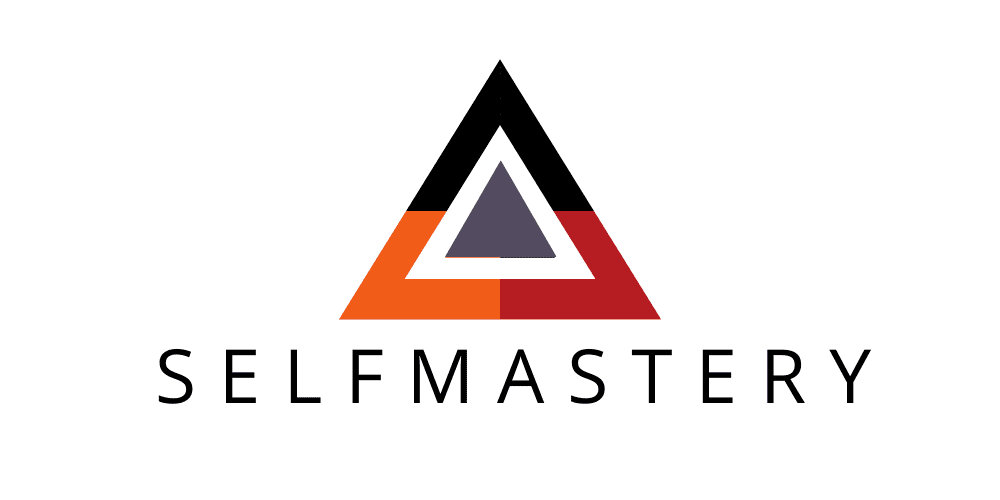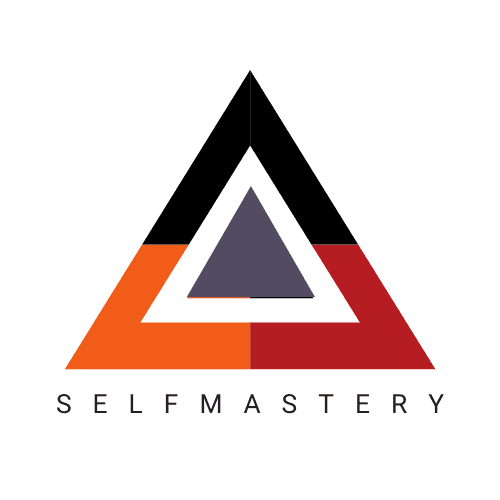
25 Jan What is a good workout?
People often ask me this question. It sounds like such a simple question, right? It is not. It is as if somebody asked you, “what’s the perfect dinner?” Everybody will give you a different answer. If you asked me, I’d tell you a Big Mac with chicken McNuggets and bbq sauce, and most importantly with my wife, my cousin’s wife, and my cousin. That would be just perfect. I know what you are thinking, “aren’t you the guy that makes a living telling people that high-quality food packed with nutrients is where it’s at? And now you are telling us that for you the perfect meal is an effing Big Mac!”

Yup, that’s me. Same mustache, same squat. My nutrition athletes would probably tell you that my choice here is not entirely out of character. They know that I don’t reduce nutrition to a set of macronutrients and calories. They also know that I don’t believe in healthy or unhealthy food because all the food I eat is dead already. But most importantly, I don’t subscribe to the good-bad binary because one occurrence of a meal will not determine good or bad nutrition. One meal says nothing about your regular habits, and unless that Big Mac is packed with arsenic or high dose meth, it will not make your health better or worse. One meal in isolation is meaningless.
I like this example because it shows you how the question “what’s a good workout?” is full of assumptions and lacks specificity. To make it better, we would have to start by changing it to: “Who is this workout for? What do they want out of it? What is their current state?” Then and only then could we start figuring out what would determine a good workout. But the generalization will take us nowhere. A 5-km run can be the most elegant and simple of workouts or just a random run. It all depends on who, how, why, and when.
As you see, I put myself in a little bit of a tight place. “Great Juan, so there is no one-size-fits-all, and the millions of google hits describing what is a good workout are all wrong.”

No sweat. I haven’t spent half my life in universities studying math and narratives in vain. I have a trick up my sleeve. It is called via negativa. And it’s when instead of giving you an impossible absolute answer, I tell you what’s wrong with the common assumptions around this topic. It will be a fun ride, let’s do it!
Context is everything
Many coaches have consulted me on their workouts. They ask me if a particular combination of repetitions and movements makes sense. There is this romantic sense of pride and authorship behind it. I understand it; I have been there. You can fool yourself to believe that you have concocted the magic formula that will create so much fitness. The problem is that context is everything. Reps, time domains, and movements are not half as important as knowing the answers to these questions:
▶ What is the purpose of this piece? How will you/your athlete will be better after performing this? Why not something else?
▶ How does this fit in your or your athlete’s life? Is this the right time for this workout? Why today?
▶ How will you know if this workout was effective or not?
Difficulty is not a reliable sign of effectiveness.
To create change, you will need to create discomfort. Challenge is part of the process. However, most athletes confuse difficulty with effectiveness. They either choose a workout that is way too difficult for them thinking that the more difficult, the more progress, or they will disregard necessary and fundamental workouts because they look too easy.
Running a marathon is very difficult, yet of the thousands of people sign up for marathons every year, but few become better runners. My experience is that most of these athletes are blinded by the task’s apparent difficulty: the long distance. Instead of becoming good runners at shorter distances–a challenging thing to do–and then gradually becoming better at longer distances, most jump right into what seems the most difficult thing. That’s unproductive. I explain this to my runners with a writing analogy. Most marathon runners are like a person who decides to write a novel by September not really knowing how to write a decent email. Sure, by September they will have finished 300 pages of text. This is very difficult, and I celebrate it, but it is most likely a shitty novel. If what they wanted was to be good writers, they’d be better off taking this first-year to write awesome emails, text messages, and thank you notes, and then and only then jump into the most difficult stuff.
On the other side of the spectrum are the athletes who neglect to do the things that don’t seem difficult on paper. The beginner and intermediate athletes will often don’t come back to their discipline basics, thinking that those will not produce positive change because they are not as difficult as they once were. Most of these athletes fail to realize that difficulty is not limited to the physical aspects of working out: coordination, exertion, balance, etc. Putting your ego to the side and doing the effective thing, the boring thing, the thing that will not make eye-catching Instagram posts, is quite difficult AND effective.
Okay, so now you see how I am getting out of the puzzle I put myself in. The two previous points have to do with what we perceive as a good workout on paper, before the workout. But the question of what is a good workout can also be answered from the perspective of the aftermath. What happens after the training? The two next points address this.
Metric Fixations
One of the great things about fitness and training is that most things are quantifiable. That’s fantastic because it allows us to create meaningful and accurate metrics of progress. It also means that we can assign a metric to most of the workouts we perform. As it usually happens, our biggest strengths can also be our biggest weaknesses. Metrics can easily become a trap. We end up confusing what is being measured for the measurement. And that often leads us to frustration and to think we had a bad workout when we actually had one of the most transformational sessions ever. We believe that if we did not run this fast, lift that heavy, or felt a particular level of exertion, we did not have a good workout. That’s a shame.
On the other hand, sometimes the workout outcome looks positive, in fact we ran that fast or lifted that heavy, and this hides the fact we did not learn or improve much in that workout, we just performed to the level of our expectations, but we didn’t gain anything.
In my experience, we can fix this by focusing on the purpose of the workout. If you can diligently answer the questions from our first point, then you have a workout with a well-established purpose. In this case, the metric with which you track it will become just another data point. Unless there is an accident, you will always have an effective and productive workout.
Exertion and Soreness ≠ More Gainz
Just as more difficulty does not mean more effectiveness, destroying yourself harder than everybody else does not mean you will get more out of it. Culturally, we believe that if you didn’t workout tremendously hard and finish pooped and hurting on the ground, you left “something” on the table. We believe that “something” is unrealized gains–the tragedy! Add to that the common belief that the objective of training is to create microdamage so that the muscles recover fitter, and you can understand why most people think that a good workout requires you to end up exhausted and sore. Otherwise, what’s the point?
But just like difficulty is not a good predictor of effectiveness, neither are exertion or soreness. Getting yourself really tired and overdoing it is quite simple. It is painful, and it sure can produce some change. But it’s neither necessary nor optimal. Getting the right exertion and the right dose, on the other hand, is quite complicated, and it produces great results. It is all about putting yourself in the Thrive Zone and staying there for as long as possible.
At this point, it might seem as if I was doing things more complicated than they need to be. My aim is the opposite. Finding the purpose of your workout is the first step. It can be challenging emotionally, but it is quite simple. Your purpose could be health and longevity. It could be that working out builds your confidence, and it makes you feel inside your body in a certain way. It could be a way to socialize and an excuse to buy cooler shoes. Or it could be that you are a movement geek like me, and you love to know everything about what interests you. The point is all the reasons are valid as long as they are honest. What matters is that you know what moves you. Once you have figured that out, finding a good workout for you will be easy as pie. Most of the time, you will find out that you will have a great workout as long as you show up and do your thing intentionally!


